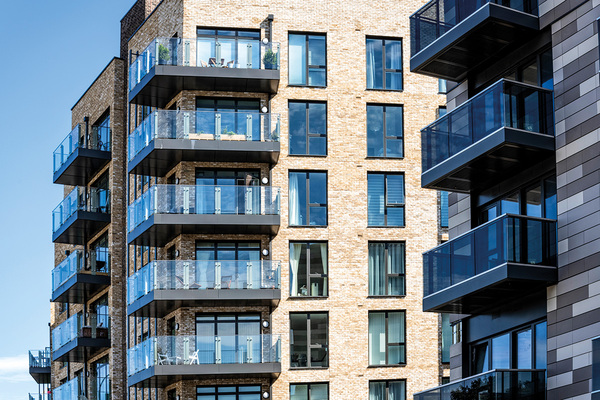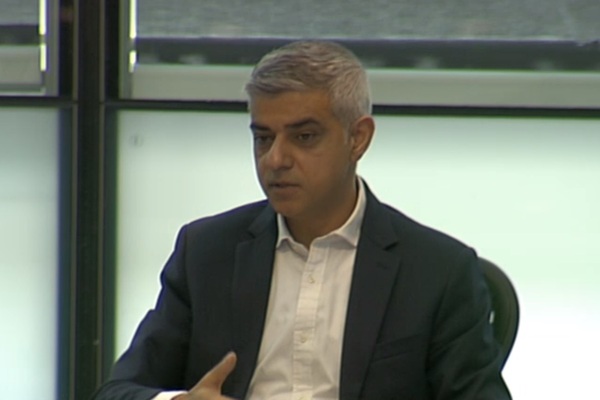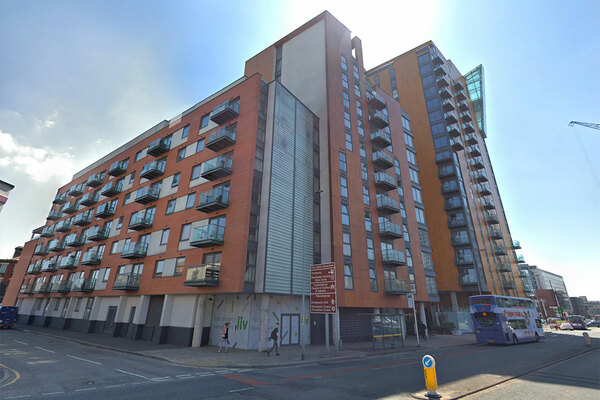You are viewing 1 of your 1 free articles
One property manager registers 450 buildings for safety fund
One of the UK’s largest private property managers has applied for cladding remediation funding for 450 buildings, representing 75% of all the high-rise blocks it manages and enough work to take up 90% of the total fund.

In a briefing note to leaseholders, Rendall & Rittner said it had registered “well over” 450 buildings for the government’s £1bn Building Safety Fund. The company has 615 buildings on its books.
The figures are the latest indication of the scale of demand for just £1bn of funding put forward in March to pay for the removal of dangerous cladding systems from high rises.
The government estimated that a total of 1,700 buildings taller than 18m would need funding, but the figures from Rendall & Rittner suggest that this may be an underestimate.
The £1bn fund will cover only about 500 buildings and will be allocated based on the speed with which cladding removal can begin.
The document, obtained by Inside Housing, also outlines the scale of the issues that property managers and leaseholders face.
Discussing the process of securing ‘EWS1’ forms – confirmation from a surveyor that a building’s external facade is safe – the document reads: “There is a national shortage of experts who have the skills, together with the necessary professional indemnity insurance cover to carry out these checks, which are by their nature specialist.”
It noted that the application of government advice to buildings below 18m in January appears to have brought “an additional 88,000 buildings into scope”.
The firm has managed to secure EWS1 forms for 22% of its portfolio, with a further 8% of its blocks currently being investigated. In 14% the freeholder is carrying out the checks, and the remainder have not yet got EWS1 forms, meaning leaseholders will be unable to sell their homes.
Rendall & Rittner manages a total of 1,087 buildings, including the 615 high rises, comprising an estimated 75,000 units.
The firm noted that interim safety measures, such as a waking watch, cost “£10k per week or more”, while the cost of alarm systems ranges from between “£100k to over £250k depending on the size and complexity of the building”.
It added: “Whilst the costs of building remediation are covered by the fund, these mitigating measures are not and are having to be borne by leaseholders. We believe that this is inequitable and places an extreme financial and emotional burden on our leaseholders.”
It also added that once defects are declared to insurers, premiums rise “six to 10 fold”.
“Again, this extra cost is having to be borne by leaseholders, through no fault of their own,” the document said.
“We understand that these are extremely challenging times for all and have long had concerns over the impact which government policy relating to facade safety is having on the safety as well as the financial and emotional well-being of our customers,” the document said.
“In many cases our customers are facing huge bills for interim safety measures. Others are unable to re-mortgage or sell their apartments in the absence of an EWS1 form.
“We do not believe that it is fair that leaseholders have to foot the bill for what is a systemic failure by consecutive governments over many years to maintain appropriate standards of fire safety in construction methods. In light of the size of the challenge and the risks attached, we believe that the government should step in and ensure that this cost burden is not focused on a relatively small number of individuals.”











